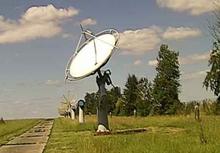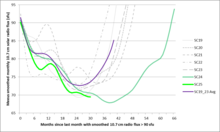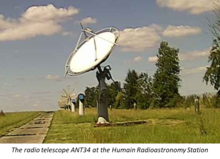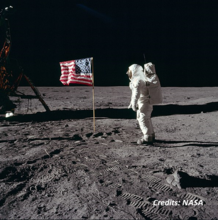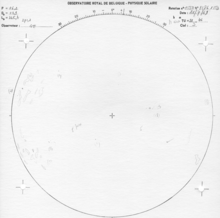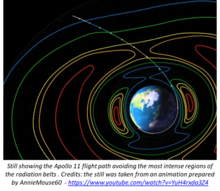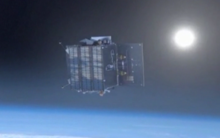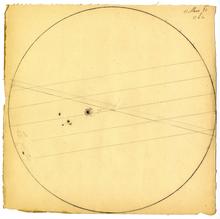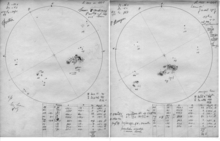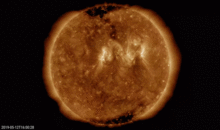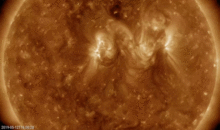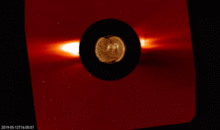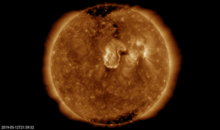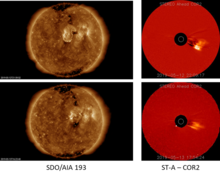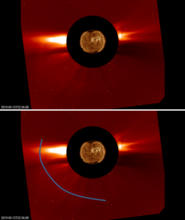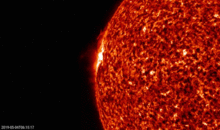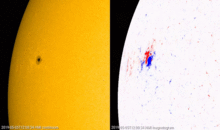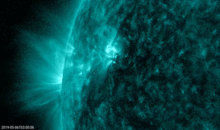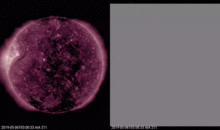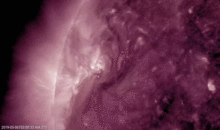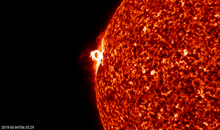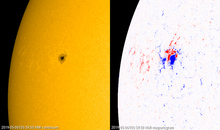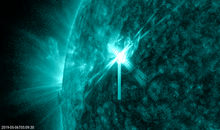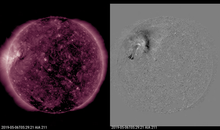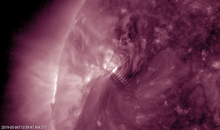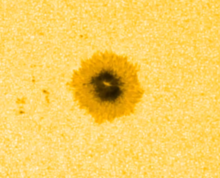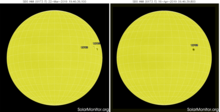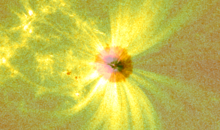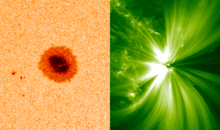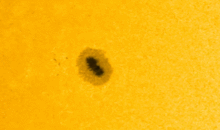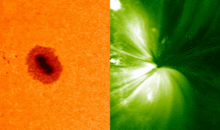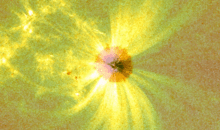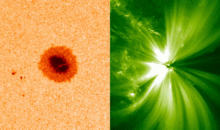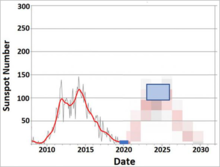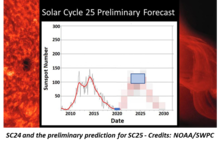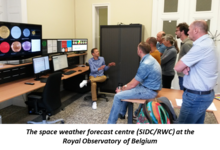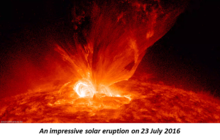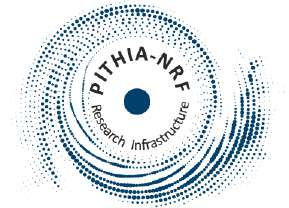news
Submitted on 2019-08-02
Still in complete awe, we have to bring terrible news: Anne Vandersyppe, our Anne, died on July 31, 2019.
Submitted on 2019-07-29
A comparison of the current monthly solar radio flux values with those from previous solar cycle transits suggests that the next solar cycle minimum may take place during the summer of 2019.
Submitted on 2019-07-23
Evaluating the solar and geomagnetic activity during the 16-24 July 1969 flight of Apollo 11, it becomes clear that space weather conditions were favorable to this historical mission to the Moon.
Submitted on 2019-07-16
The Journal of Space Weather and Space Climate announces the launch of a new supplement titled "Agora". The Agora will be the place for the space weather community to discuss, evaluate and distribute non-traditional scientific output in the field of space science and space climate.
Submitted on 2019-07-16
We solicit manuscripts on this general subject for inclusion in a Topical Collection of the journal Solar Physics. The deadline for submission of statements of interest is 13 September 2019; and the deadline for manuscript submission is 2 November 2019.
Submitted on 2019-05-24
Solar physics at the ROB has deep roots going back as far as the late 19th century. It involved a first promising era of solar studies, owing to Dr Eugène Jean Hubert Spée, followed by a 33-year long hiatus.
Submitted on 2019-05-15
Magnetic instabilities in the southern part of sunspot region NOAA 2741 resulted in some impressive solar eruptions.
Submitted on 2019-05-07
An at first sight simple and symmetric sunspot produced a series of C-class flares. For the moment, none of the associated coronal mass ejections seems to have an earth-directed component.
Submitted on 2019-04-17
A big but quiet sunspot is transiting the solar disk. Photospheric lightbridges over this sunspot are continuously giving it a different appearance.
Submitted on 2019-04-11
An international team of researchers has issued a preliminary prediction for the upcoming solar cycle 25 (SC25). The strength of the new cycle is expected to be similar to the still ongoing solar cycle 24 (SC24).
Pages
Zircon - This is a contributing Drupal Theme
Design by
WeebPal.


